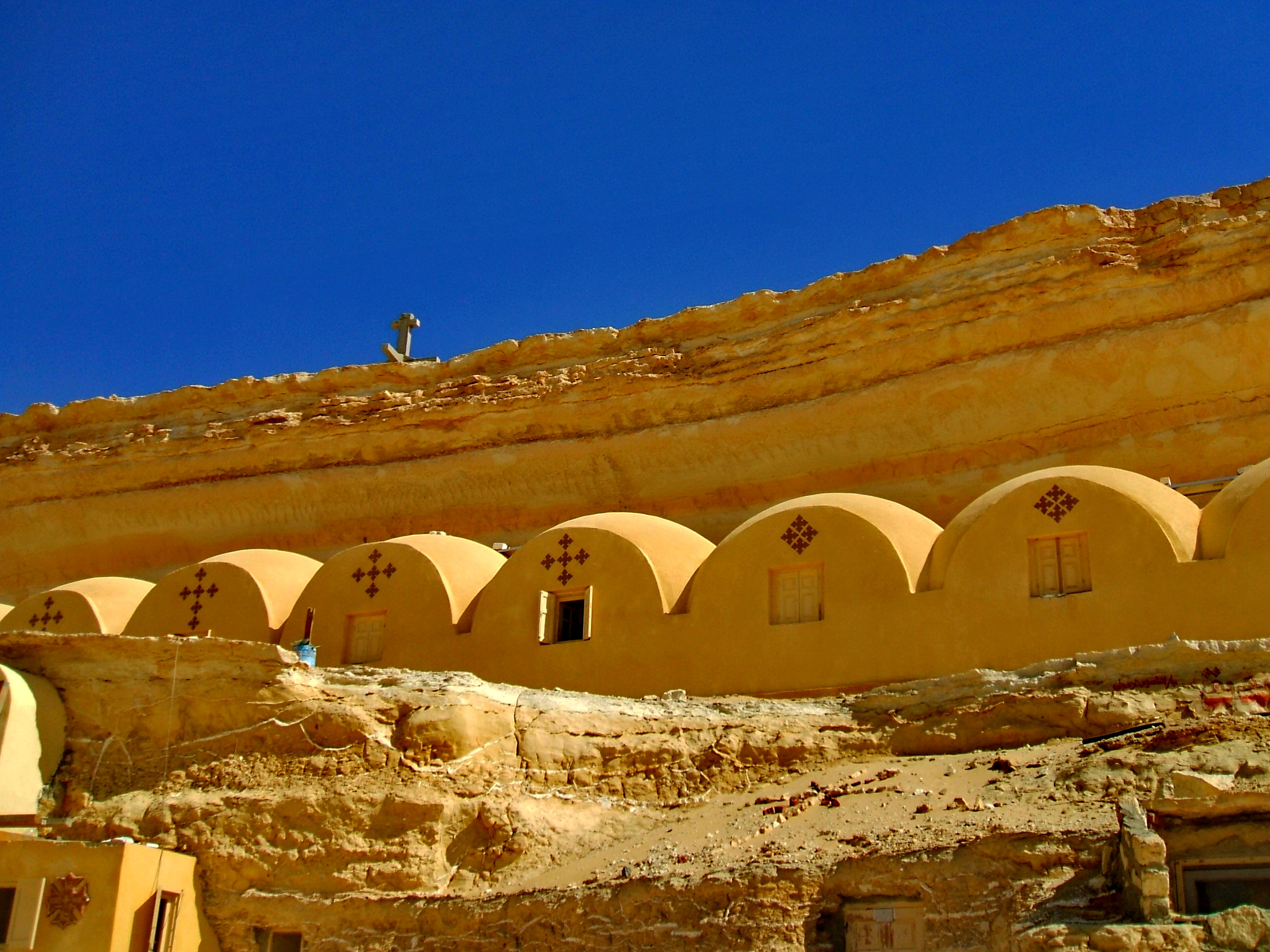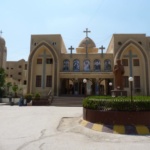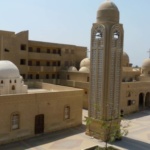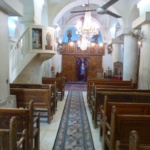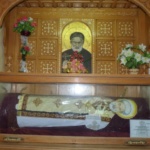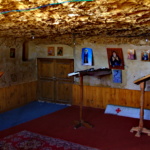Coptic Monuments
Discover authentic desert adventure at Deir Azab. El-Azab Monastery, also known as the monastery of the Virgin Mary, is 6 km south of Medinet El-Fayoum. It is considered one of the most important monasteries in Fayoum because it is the burial place of Anba Abraam, the favorite bishop of Fayoum and Giza from 1882 to 1914. This monastery was built in the 12th century by Peter, the bishop of Fayoum. Very little of the 12th-century original building remains.
The monastery contains five churches but there are two principal churches: Abu Seifein is a modern church that contains the remains of the Fayoum Martyrs and other martyrs. The Virgin Mary church contains some of the original building which dates back to the 12th century.
Abo Seifeen church.
This church is completely modern، and it is characterized by its remarkable domes. This church also contains the remains of the Fayoum Martyrs and other martyrs encased in ornamented red velvet in glass boxes.
Virgin Mary Church.
Few relics of the original building which dates back to the 12th century still exist in this church. It is dedicated to St. Virgin Mary. The church is rectangular in shape and divided into four aisles by three colonnades every one of them consists of three circular columns. These aisles end with four irregular-shaped sanctuaries on the eastern side of the church and there is a wooden screen that separates these sanctuaries of the church’s aisles.
The monastery also houses the museum of Anba abraam and his burial place.
El Aioun Monastery (The Monastery of St. Macarius)
The Monastery lies in a Rayan valley protectorate area and is famous for having caves as cells for monks and churches. It also has a natural spring that provides water to the monks and the Monastery farm.
Monastic life in this locale goes back to the 4th century when Saint Macarius; the Alexandrian, lived there. Monks remained in Fayoum until the 15th century when they left the area for around five centuries.

